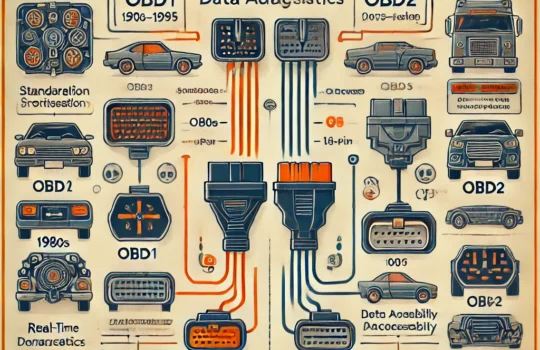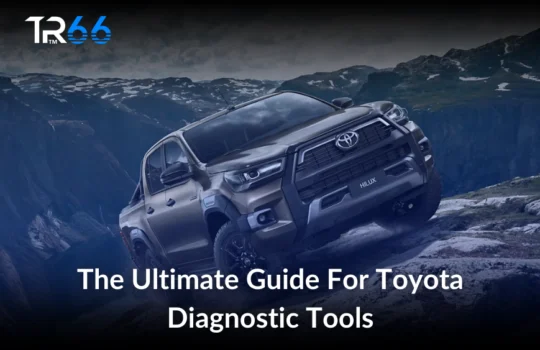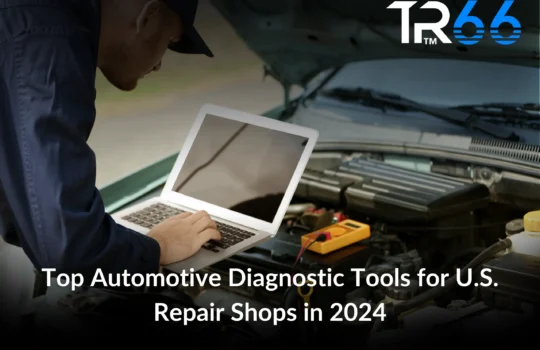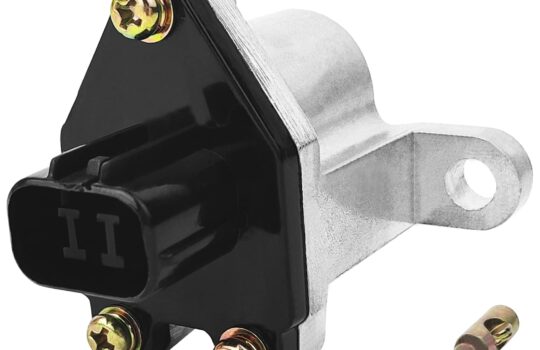Introduction
Seeing the Audi brake pad warning light illuminate on your dashboard at just 23,000 miles can be concerning. It often sparks questions about vehicle safety, brake pad lifespan, and whether there might be a deeper issue with your braking system. In this comprehensive guide, we will explain why the brake pad warning light may activate, what actions to take immediately, and how to maintain your braking system for long-term safety and performance using the right Audi diagnostic tools.
What Does the Audi Brake Pad Warning Light Mean?
The Audi brake pad warning light is part of your vehicle’s brake wear indicator system. This system uses sensors to monitor the condition of your brake pads. When the pads wear down to a critical level, the sensor triggers the dashboard warning light. This signal indicates that your brake pads need to be inspected and possibly replaced to maintain safe braking performance.
Common Reasons for the Audi Brake Pad Warning Light at 23k Miles
- Premature Wear: Aggressive driving, frequent braking, or high-stress conditions can lead to faster brake pad wear.
- Manufacturing Variances: Some brake pads may have softer materials that wear out quicker.
- Driving Environment: Urban driving with stop-and-go traffic can contribute to accelerated brake pad wear.
- Mechanical Issues: Problems with brake calipers, rotors, or the brake system can cause uneven pad wear.

How to React When the Audi Brake Pad Warning Light Comes On
1. Stay Calm and Drive Safely
- Avoid Hard Braking: Gradually reduce speed and avoid sudden stops.
- Increase Following Distance: Give yourself extra room to brake safely.
2. Inspect Your Brakes
- Visual Inspection: If safe to do so, check the thickness of the brake pads through the wheel spokes.
- Listen for Noises: Squeaking or grinding sounds can indicate severe wear.
3. Schedule a Professional Inspection
- Visit a certified mechanic or service center to diagnose the issue accurately.
- Request a brake system inspection, including pads, rotors, calipers, and fluid levels.
What to Expect During a Audi Brake Inspection
During a Audi brake inspection, a mechanic will:
- Measure Brake Pad Thickness: New pads typically measure 8-12 mm, while replacement is recommended at 3 mm or below.
- Inspect Rotors: Check for grooves, warping, or damage.
- Evaluate Brake Fluid: Ensure the fluid is at the correct level and not contaminated.
- Test Caliper Functionality: Make sure the calipers are applying even pressure to the pads.
| Component | Ideal Condition | When to Replace |
|---|---|---|
| Brake Pads | 8-12 mm thickness | Below 3 mm |
| Rotors | Smooth, no grooves | Warped, cracked, or grooved |
| Brake Fluid | Clear and full | Contaminated or low levels |
| Calipers | Even pressure | Leaking or sticking |
When to Replace Your Audi Brake Pads
Audi Brake pad lifespan can vary widely depending on driving habits and conditions. While many brake pads can last between 30,000 to 70,000 miles, it is not uncommon for them to require replacement as early as 23,000 miles under specific conditions.
Factors That Affect Brake Pad Longevity
- Driving Style: Aggressive braking vs. smooth driving
- Environment: City vs. highway driving
- Brake Pad Material: Ceramic pads last longer than organic or semi-metallic pads
- Vehicle Load: Heavier loads increase brake wear
How to Prevent Premature Audi Brake Pad Wear
- Practice Smooth Braking: Avoid sudden stops when possible.
- Maintain Safe Speeds: High speeds increase brake stress.
- Lighten the Load: Avoid carrying unnecessary weight in your vehicle.
- Regular Maintenance: Schedule brake inspections during routine services.
The Cost of Audi Brake Pad Replacement
| Service Type | Estimated Cost (USD) |
|---|---|
| Front Brake Pad Replacement | $100 – $300 |
| Rear Brake Pad Replacement | $100 – $250 |
| Brake Rotor Resurfacing | $150 – $250 per axle |
| Brake System Inspection | $50 – $100 |
Conclusion
When your Audi brake pad warning light comes on at 23,000 miles, it is a sign that your brake pads need immediate attention. Whether due to driving habits, environmental factors, or mechanical issues, addressing this warning promptly will help ensure your safety on the road. Schedule a professional brake inspection, follow recommended maintenance practices, and always prioritize safe driving habits to extend the life of your brake components.
Read also: What Is a Vehicle Speed Sensor? How It Works & Signs of Failure








